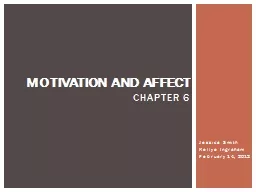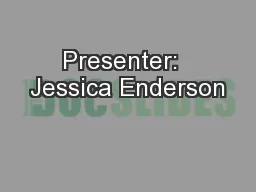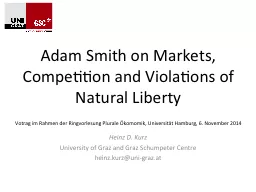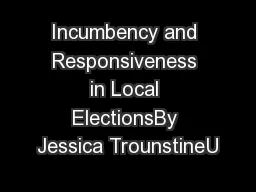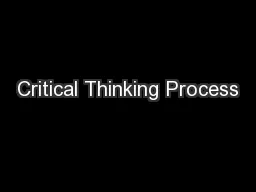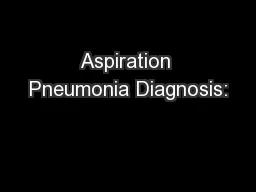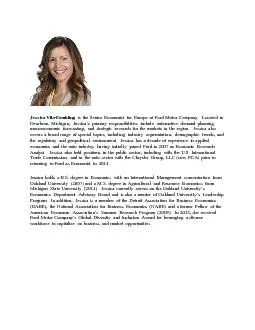PPT-Jessica Smith
Author : min-jolicoeur | Published Date : 2017-06-29
Kellye Ingraham February 14 2012 Motivation and Affect Chapter 6 Have you ever felt defeated like Michael Were you able to overcome it How How could you use this
Presentation Embed Code
Download Presentation
Download Presentation The PPT/PDF document "Jessica Smith" is the property of its rightful owner. Permission is granted to download and print the materials on this website for personal, non-commercial use only, and to display it on your personal computer provided you do not modify the materials and that you retain all copyright notices contained in the materials. By downloading content from our website, you accept the terms of this agreement.
Jessica Smith: Transcript
Download Rules Of Document
"Jessica Smith"The content belongs to its owner. You may download and print it for personal use, without modification, and keep all copyright notices. By downloading, you agree to these terms.
Related Documents

